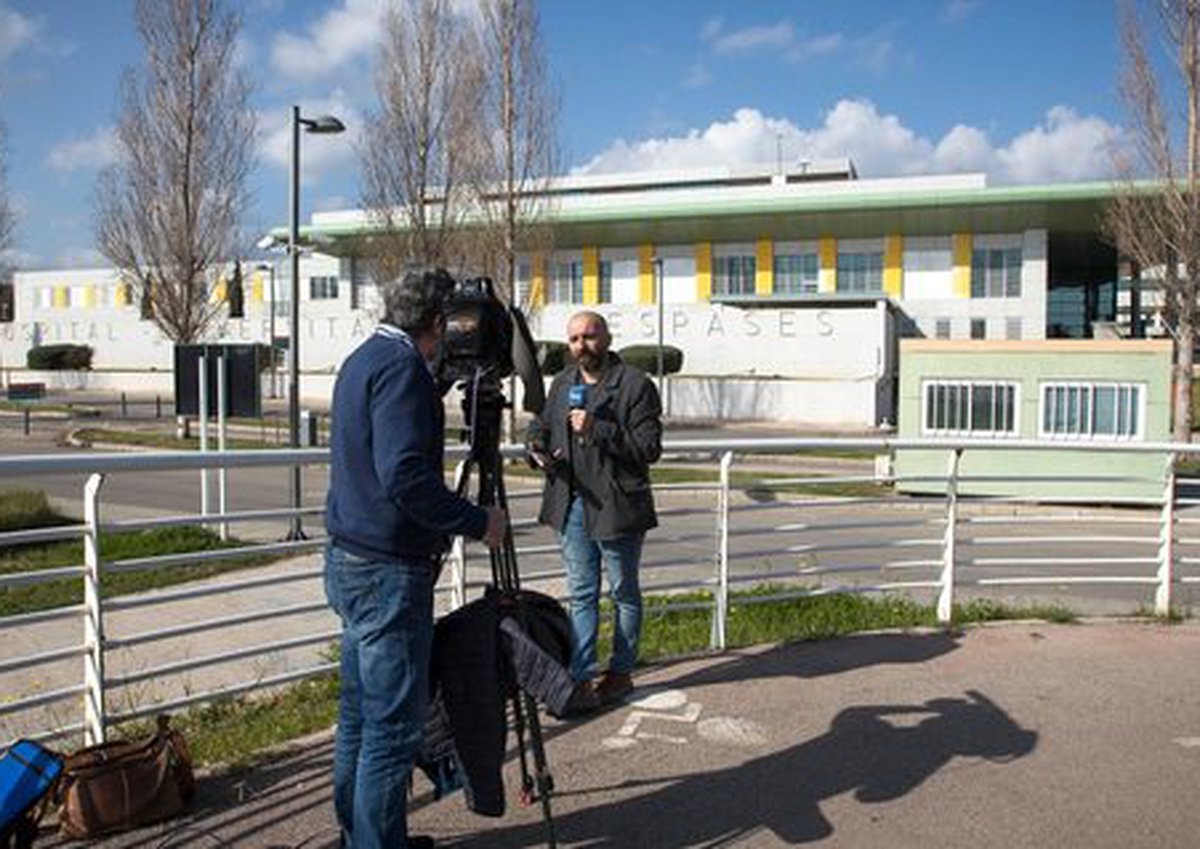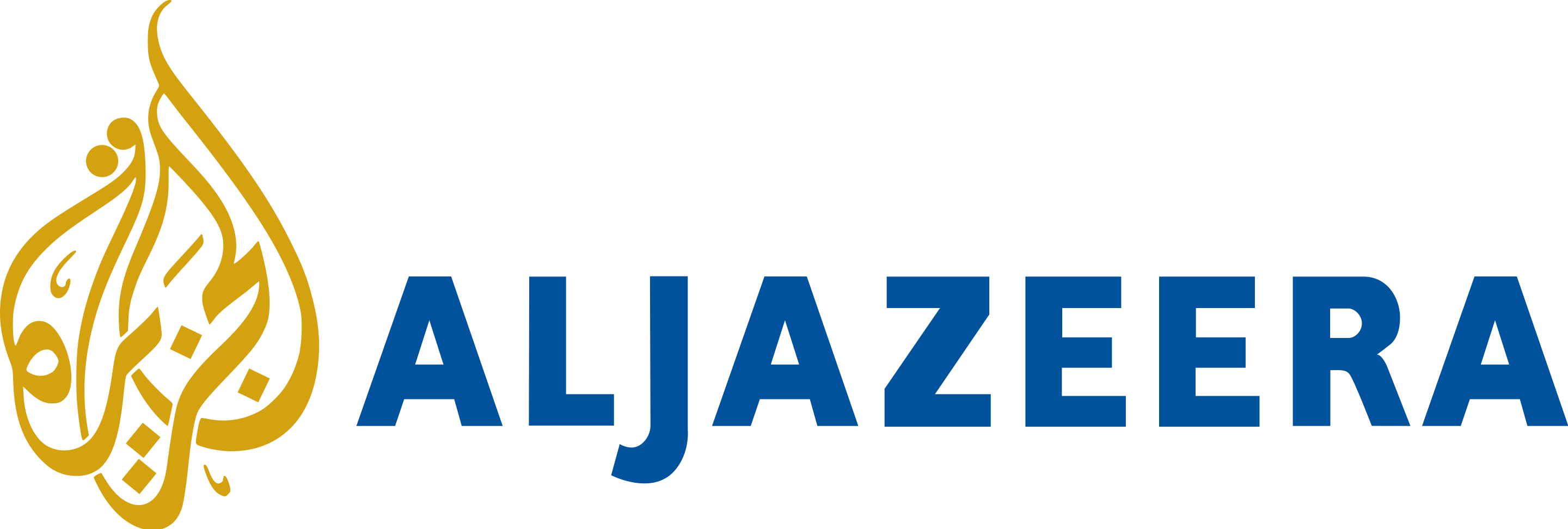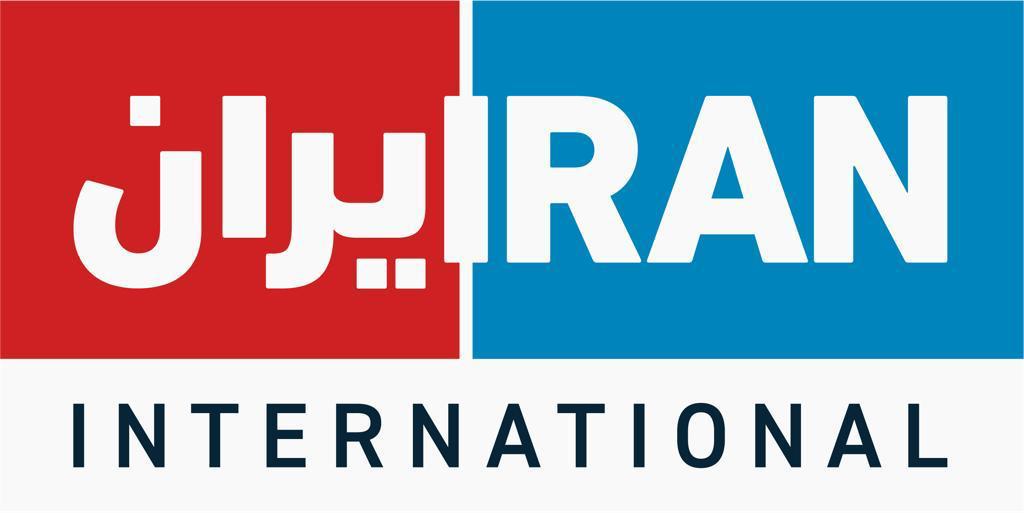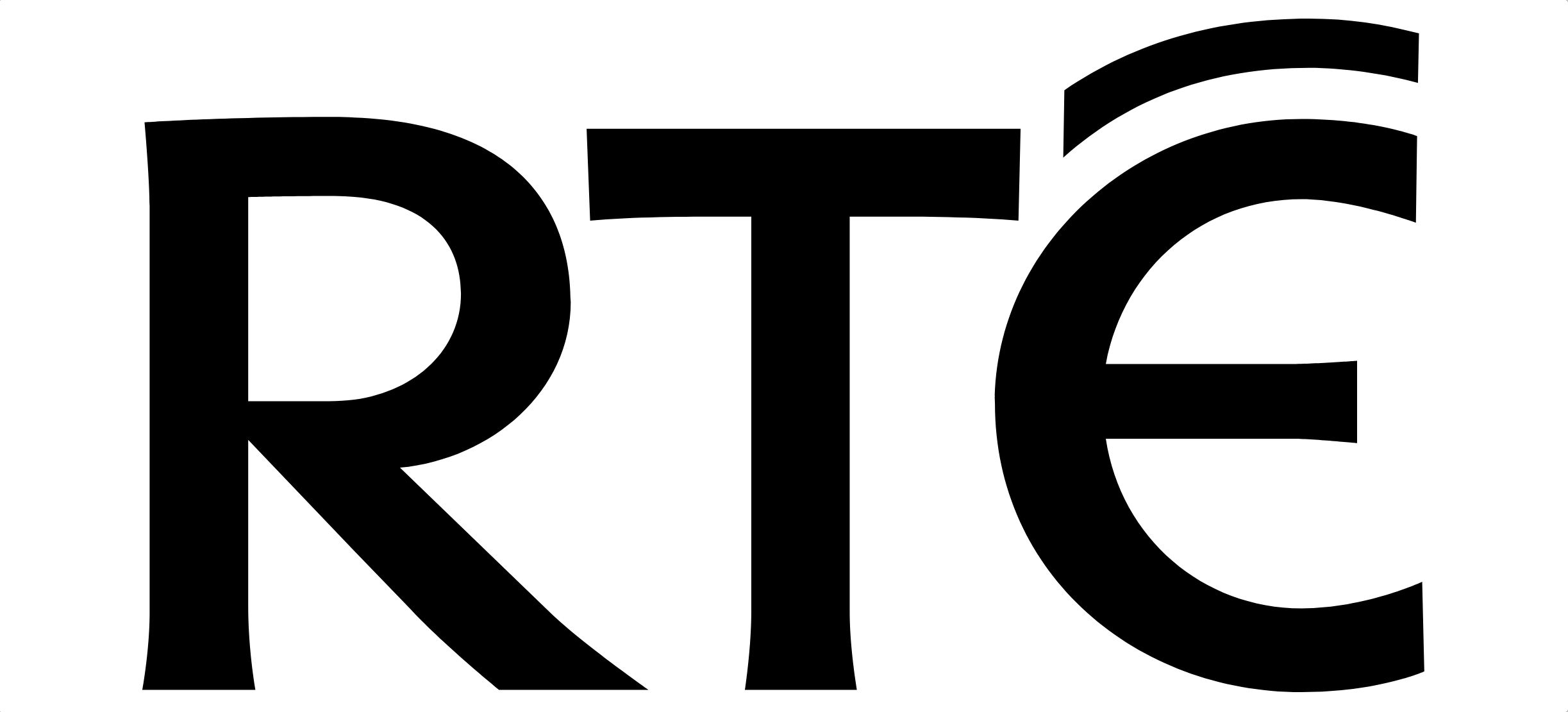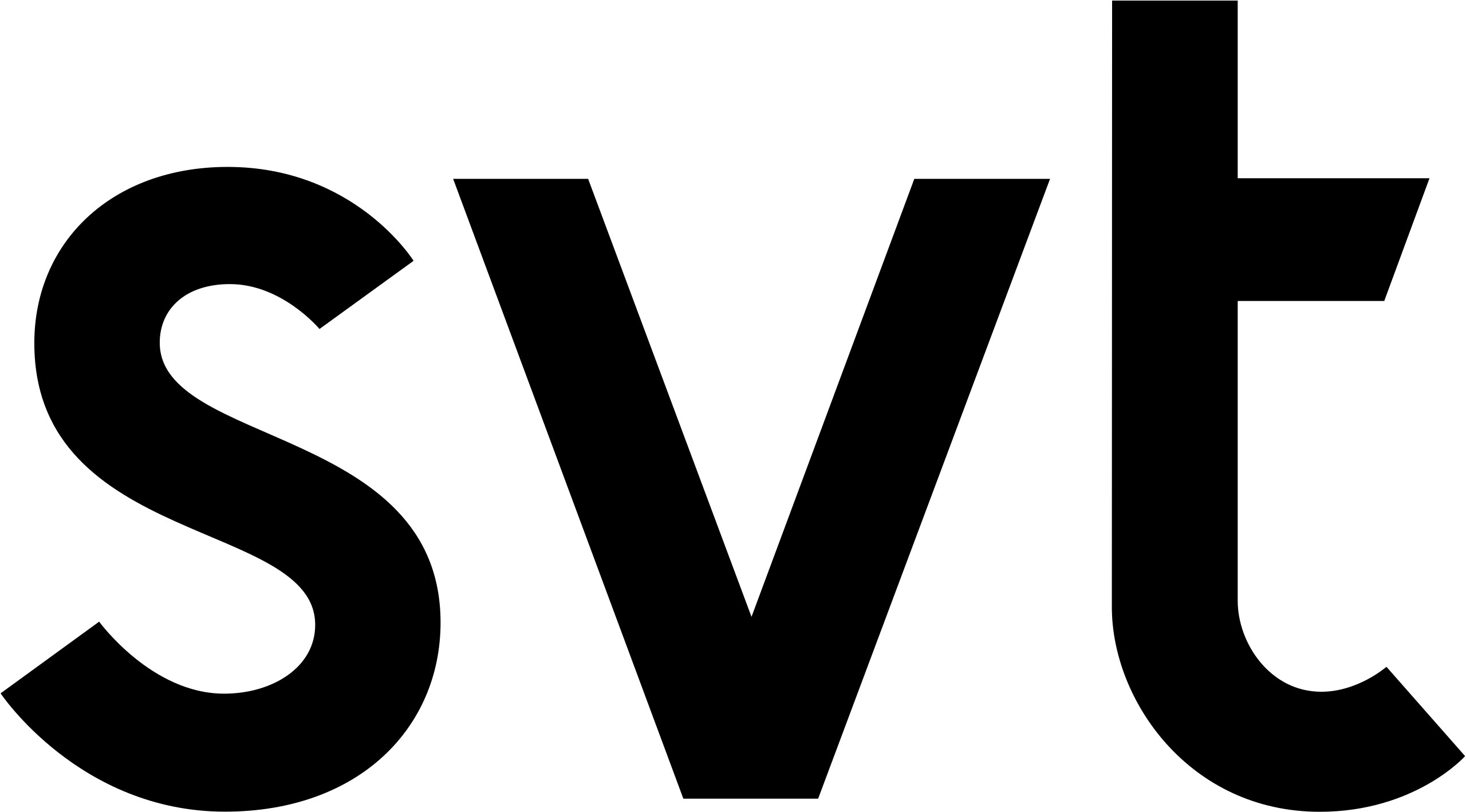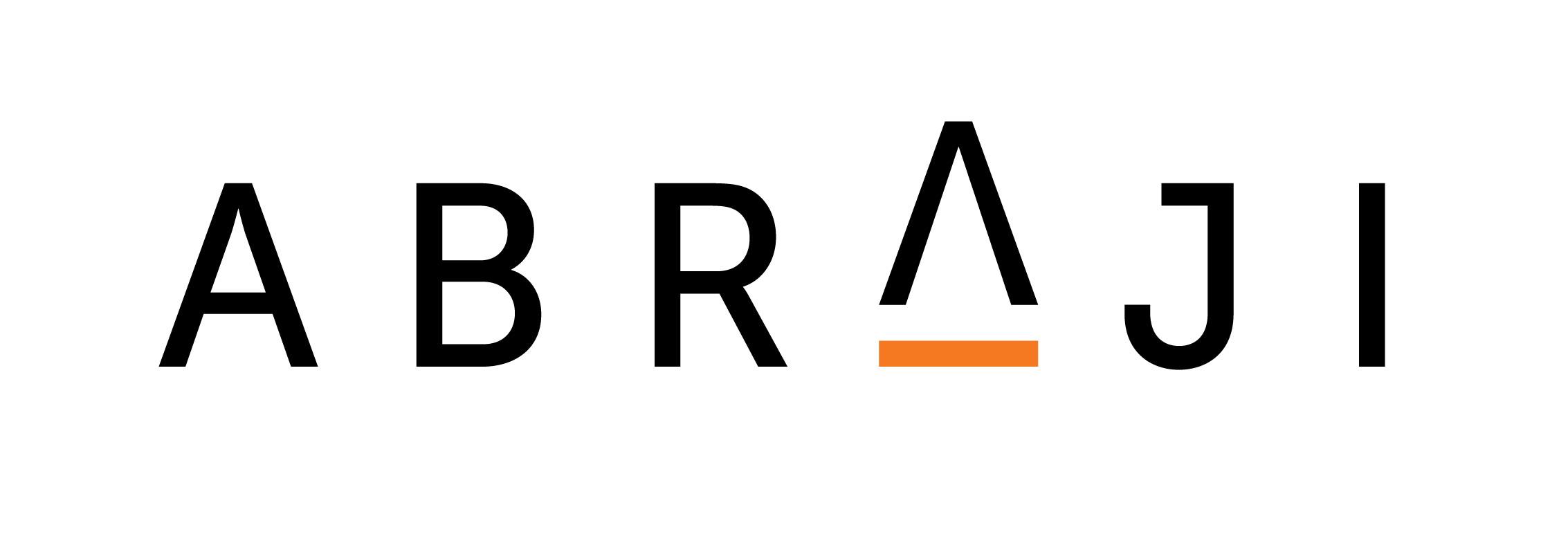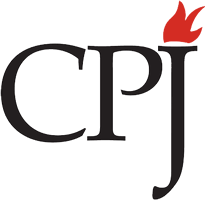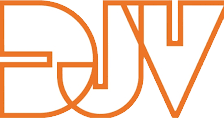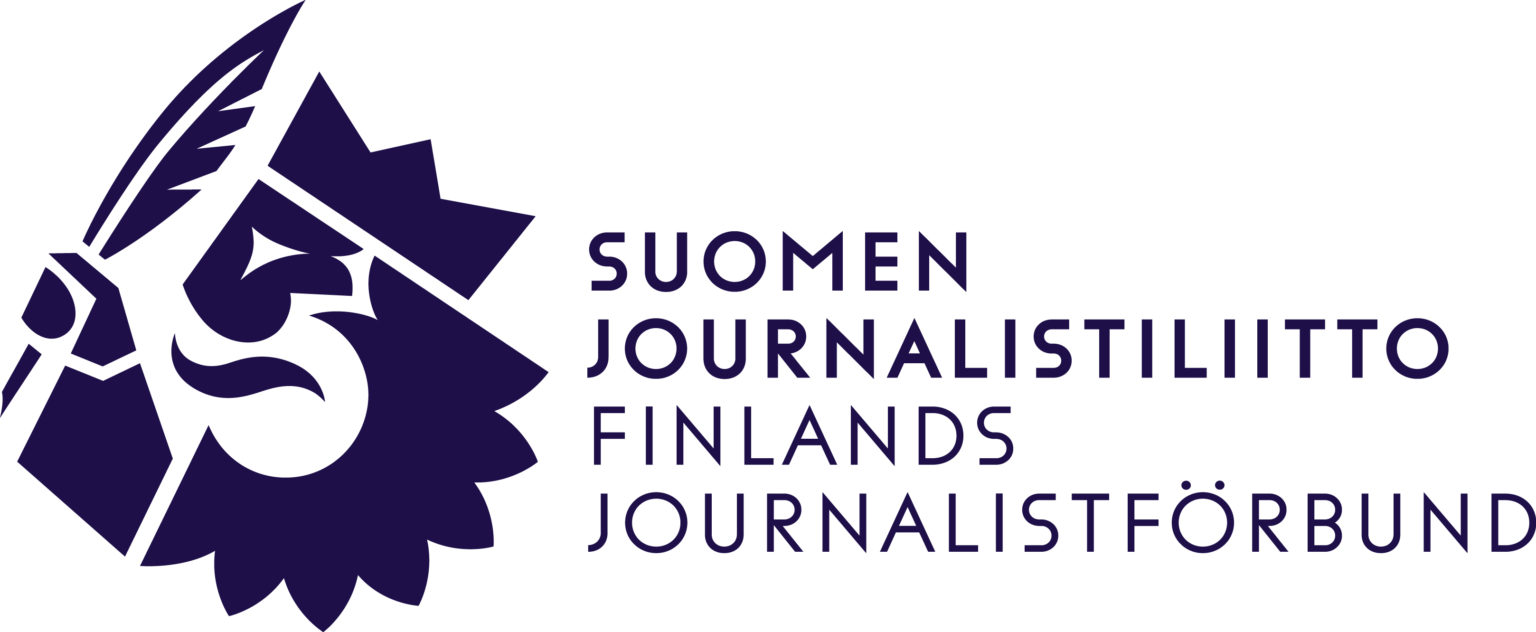Filming Covid-19 patients in hospitals, homes or with emergency services is being done but requires a thorough risk assessment, specialist training and a series of strict precautionary measures to mitigate and minimise risk.
Ensure the team is up for it and up to it
Once you have established editorial justification for the assignment, selecting the team is as important as in any high-risk environment. Any such assignments must be entirely voluntary and anyone considered at greater risk for any reason should be ruled out. Because of the possibility of infecting family members, the decision-making has an added layer of complexity.
The team should also consider - and discuss with their family - the possibility that after the assignment, they may have to self-isolate in separate accommodation for two weeks.
Access to Covid-19 testing will resolve this issue at least partially. A team with experience, grounded personalities and full appreciation of the risks involved is vital in this specific case, where extreme and precise care with handling PPE is essential to guarantee safety.
Team cohesion and mutual trust is also highly desirable as the crew will have to operate as a family unit and won’t realistically be able to keep any distance from one another. That’s particularly true if travelling, as your team may be stranded and have to remain abroad for extended periods of time.
Hotels are no longer operating, nor are they the safest option. In highly affected areas and the team may have to share private accommodation.
PPE and specialist training The personal protective equipment used by news teams filming in high-risk environments, such as hospitals or patient’s homes, is comprised of:
- Disposable coveralls with attached hood and shoe covers. The Dupont, Tyvek range is considered the gold standard.
- Sealed safety goggles with no gaps around the eyes. There are ventilated versions but those are not recommended.
- N95 or FFP respirator masks.
- Nitrile gloves, to be used two pairs at a time. Nitrile offers a higher degree of protection against virus than latex.
Specialist training with a specialist in CBRN (chemical, biological, radiological and nuclear) equipment is required to learn how to use the PPE correctly. Not doing so could actually increase their risk of infection.
The training should cover the exact method for putting on and taking off the PPE, particularly the overall suits. CBRN PPE can be very uncomfortable to wear. The suit, hood and goggles tend to make the wearer very hot and sweaty. That leads people to inadvertently do things they shouldn’t, such as touch their faces. The training is crucial to make the team realise this and adapt their mind set.
The most dangerous part of the assignment is removing the protective PPE. The technique required to remove the potentially contaminated suit is extremely precise and the margin for error is very small. To make matters worse, the team will be physically and emotionally exhausted after potentially witnessing and filming distressing situations. Stress and impatience may contribute to mistakes.
It is highly recommended having a medical professional assist or observe the team taking off their PPE and disposing of it safely, to ensure it is done correctly. As access to hospitals or emergency services would require advance planning and coordination with the health authorities, it is reasonable to ask for such assistance.
Filming
If embedded with emergency services, do not travel in ambulances. Follow behind in your own vehicle. Never give anyone a lift. If you are filming abroad and are using fixers, they shouldn’t enter hospitals with the teams unless fully trained in infection control. Set up outside so that you take as little as possible into a potentially contaminated environment. Every single item of equipment will need thorough cleaning.
Once inside the hospital follow all instructions from medical staff and touch nothing. Consider not using radio mics, unless the interviewees can put it on themselves. Favour conducting interviews with a boom mic, ideally without a ‘dead cat’ furry windshield as this would be harder to clean of saliva droplets. Remember you will not be able to remove your suit for the whole time you are inside the hospital.
For that reason, many doctors refrain from drinking for several hours before their shift. Film with caution and sensitivity. Take care not to show the faces of patients or medical staff unless they have given permission. Apart from the obvious ethical reasons, a display of insensitivity may be met with anger or even aggression in a high-pressure environment. Use extreme caution when handling release forms that have been touched by hospital staff or patients. Paper and pens may become contaminated with the virus. When leaving, all PPE should be removed before getting into the car and shoes sanitised.
All equipment should be completely sterilised. This includes goggles, cameras, mics, phones and all surfaces inside the car including the steering wheel. Bodysuits, masks and gloves should be worn only once in a single location and properly disposed of. If teams travel on to another hospital or to the home of an infected person, new PPE must be worn. This pandemic will continue for many months and the threat is an invisible virus.
It is essential that decontamination procedures continue to be followed for the duration and crews don’t become less vigilant in following these rigorous and time-consuming safety precautions as time goes on. Teams inside hospitals in Italy say they have been well received by healthcare workers who appreciate the risks some journalists are taking to cover the crisis from the front line. They say taking extra time to explain why they are there, putting the dignity of patients first, is the best and safest approach when covering this difficult story.
Emotional impact
Covering the current pandemic is extremely demanding work and both physical risks and the emotional impact will be highly challenging. Whether this is the chronic anxiety and overwhelming workload for journalists reporting from the field or the disruption and frustrations for people editing footage and photos from home, staying mentally healthy needs to be treated as a vital part of everyone’s wellbeing regime.
Maintaining resilience and overcoming stress around short reporting assignments in a war zone or covering a natural disaster is hard enough. But the coronavirus story can potentially be as intense and is expected to run for a marathon several months. The vast majority of journalists covering this pandemic will never have reported on a story with such a devastating impact on their own families and communities.
Even those accustomed to conflict reporting and hostile environments will struggle to report on illness, death and suffering in their own home countries. Security teams and managers need to conduct regular physical and mental health check-ins with teams – but also make more casual, informal calls – to get the real picture on whether someone is suffering mental health difficulties.
Do not assume staff members are well supported at home. Deep anxiety, workload stress, the pain of isolation, saturation and burnout are challenges many are already facing. Some suggested basic guidelines are:
- Send out guidance on wellness and include reminders on the importance of sleeping and eating well, asking staff to recognise that some situations are beyond their control and to focus on what they can control.
- Acknowledge the effects of uncertainty. Let staff know that you too are vulnerable and how you are dealing with this.
- Remind managers to employ the same watchful waiting/monitoring of staff as in other crisis coverage.
- Point staff towards sites devoted to journalist wellbeing, such as the Dart Center.
Image by AFP


